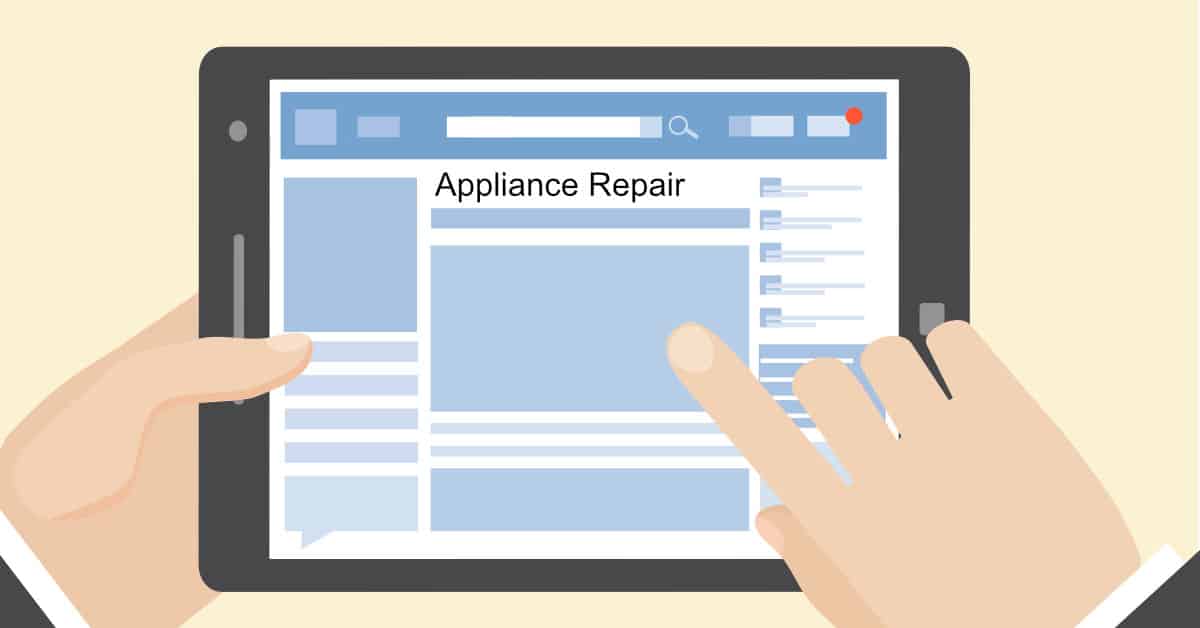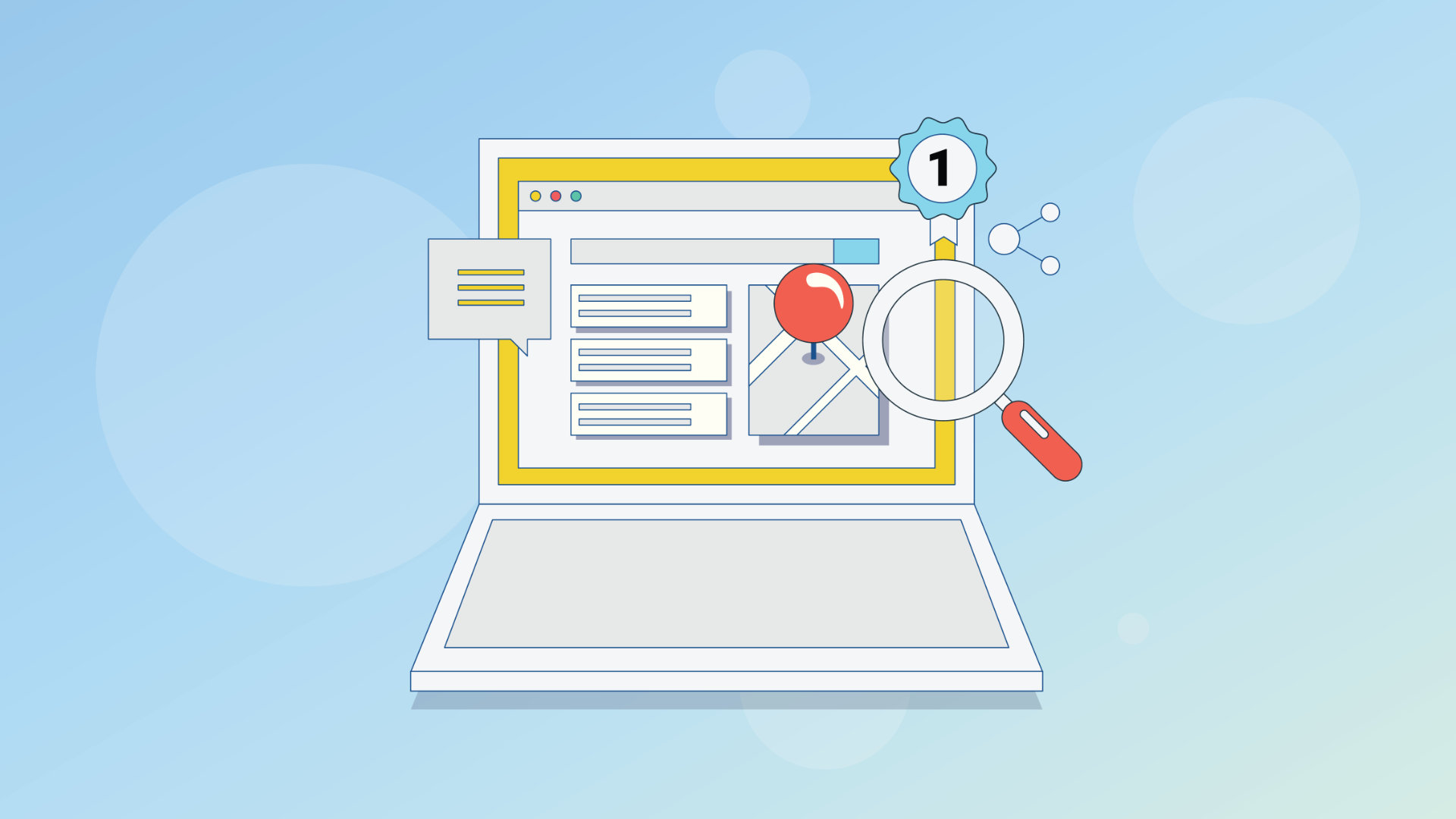
Right now, businesses have two options: Adapt or perish. The economic landscape is changing rapidly with the combined safe-distancing policies keeping everyone at home and requiring a new no-contact workflow to keep everyone safe. The good news is that the business world is nothing if not adaptive. As a community, we are experts at adapting to new conditions and filling new niches, and it’s time to do it again.
Today, the best practices for every business adapting to the post-corona reality revolve around safety, compassion, and remote logistics. It is likely still possible to run your business, but new no-contact methods and safety policies have become necessary.
We have put together information from the CDC and the US Chamber, along with insight from our own experience helping companies get back on their feet. Here are the top ten best practices for your business during COVID-19 pandemic conditions:
1) Educate Your Team on Virus Safety
The best way to keep your team (and customer) safe is to make them partners in the safety efforts. Help them understand exactly how coronavirus spreads so you can all work together to minimize that risk. COVID-19 spreads in 2 ways:
- Person-to-Person
- Tiny lung particles breathed, sneezed, or coughed into the air are then inhaled or touch another person’s face as they float airborne.
- COVID-19 can travel up to 8 feet and remains in the air for up to 4 hours
- Contaminated Surfaces to Face
- Lung particles land on a surface. A healthy hand touches that surface, then touches their face.
- COVID-19 can remain on surfaces for 2-5 days
In order to prevent employees getting infected or spreading infection without knowing; it’s important for everyone to know how the virus spreads and how to contain it. With these rules known, all your following efforts will better align with virology best practices and your employees will be able to make smart virus-containment decisions in the moment
2) Establish At-Home Work and Remote Meetings
Wherever possible, help your employees to work from home. Assess which jobs can be done out-of-office with remote access and make that remote access available. Equip your team with remote communication and collaboration software and send anyone home that you can. Right now, many services related to remote-work are free or discounted.
Sending employees home ensures that their immunity-bubble is both protected and contained. It’s safer to be home with family, who we already share illness and immunity with, than mixing with coworkers or clients. So if possible, help your team stay home safe.
3) Maintain On-Site Social Distancing
For team members who do need to stay in the workplace, help them stay safely apart from each other. Many workplaces still require people on-site, often to keep the wheels of economy and survival supplies rolling to the people at home. However, when in the workplace, it’s vital that each employee is protected from the risk of infection. Whether that risk comes from coworkers or customers. Arrange for desks and workstations to be more than 8-feet distant between. If you have the space and resources, set up each essential team member in a separate room, and keep each individual room exceptionally clean. For workstations that are immobile and close together, make sure employees are correctly using their PPE, personal protection equipment.
Coworkers should not make physical contact and especially should not shake hands. Encourage the elbow-touch if a handshake would otherwise be necessary.
4) Workplace Sanitization Policies
Coronavirus, on average, can live up to two days on soft surfaces and up to 5 days on hard surfaces. This is why sanitizing is necessary. Each time you clean a surface with a strong enough solution, you clear away all (or most) of the virus particles that have landed there. Constant and thorough sanitizing can be used to keep your office relatively safe. Combined with hand-cleaning and social distancing, many businesses are carefully building a workspace where both team members and clients can perform the necessary process safely.
If you have hand sanitizing stations or workspace supplies, printed jokes have shown to be the most effective in-action reminder to use them. When people look and chuckle, it takes only another second or two to sanitize along the way. As a bonus, we also recommend dispensing lotion at the same locations as hand sanitizer. Washing and sanitizing hands constantly can wickedly dry out skin and lotion helps to keep everyone both safe and comfortable at the same time.
5) Handle Everything Online, When Possible
Many industries are having to change their traditional communication styles. If you tend toward consultations, interviews, tours, and face-to-face meetings; those methods are not currently wise. But you can continue your business practices by handling everything online. Integrate cloud platforms like video chat and document sharing.
Update your website, client portal, online resources, and mobile app. Provide your customers with as much online engagement and as smooth an experience as possible. If you don’t have the substantial online infrastructure, now is the time to build it. Contract with a web development or marketing team that specializes in web design to build a new online experience for your customers.
The brands that are doing best right now have comprehensive web portals and were prepared to handle business online. Those coming up fast are businesses that adapted to the online business model approach quickly. A good web developer can help you build a service-ready website or improve on the website you have.
6) No-Contact Business Model for Customer Interactions
Rebuild your business model. Whatever you do in-person, find ways to do it without contact. COVID-19, like any virus, can be contained using what we know about infection and disinfecting. If you provide deliveries, create a safe process for leaving items on the porch, requiring no direct contact with your clients. If you need to perform inspections or on-site consultations, do so alone or arrange for 6-foot distance with other at all times and wear protective gear. If you provide tours, consider arranging a no-contact 3D tour to be shot for online walk-throughs instead.
Many business processes that cannot be remote can still be designed to be no-contact.
7) Protective Gear for Necessary Contact
When your team does need to make contact with each other or with customers, ensure they are protected. Provide face masks, hand sanitiser, and sanitizing wipes. These are known as PPE, personal protection equipment, and everyone needs to have some on-hand when needed. For essential workers who will come into contact with other people, PPE is essential to staying safe and containing any infection risk.
Consider using gloves that are quickly discarded and replaced. Ensure that immunity-bubbles remain intact any time two people need to work closely together. If masks become damp from your breath, they need to be changed for clean masks because a damp mask can transfer the virus through the fabric once wet. When people are careful, they can avoid passing any possible infections between them.
8) Send-Home Policies for Sick Employees
If one of your employees shows coronavirus symptoms, send them home. If possible, provide 14 days of sick-pay which has become industry-standard as a coronavirus care package that employers can give. Sending an employee home is not a penalty, it’s a protection for them and everyone else they might come in contact with while working. Ask them to keep the whole family isolated for 14 days, which is the full course of coronavirus infectivity from first symptoms.
The symptoms of COVID-19 are fever, labored breathing, and chest pains with trouble breathing. Recently, lesions on the toes have also become a telling symptom. Make sure your team knows what the symptoms are and encourage them to call-in from home if they think they have come down with the virus.
9) Compassion and Flexibility
When rebuilding your business policies, and especially during this time of change and crisis, make sure your practices are compassionate. Take a sympathetic tone in your new website copy and blogs. Be compassionate with clients who must cancel and employees who must isolate for themselves or a sick family member. Try to be flexible, and learn new post-covid tactics from that flexibility. Your business will adapt and come through with a positive reputation for supporting the community through this shared challenge.
10) Community Outreach
Finally, reach out to the community. Become part of local efforts to provide necessities to families and businesses. If your business is consumer-facing, then reach out to families and help them get necessities, entertainment, schooling, or professional services. If your business is B2B, focus on helping other businesses get back on their feet after the serious blow to the economy and to many business practices.
—Your business can adapt, grow, and rebuild in the coronavirus age. Even after this pandemic passes, the business world will be forever changed by the sudden all-or-nothing transition to mobile work, adaptive business practices, and compassionate solutions. Your business can make it through the other side, as well. Contact us today for more insights on how to survive and thrive in the coronavirus business landscape.


Appliance Repair Google Listing Suspended? Here’s What To Do

How To Set Up Google Local Services Ads for Appliance Repair Companies

Revolutionizing Appliance Repair: How ChatGPT is Changing the Game

New Fluid Local and Textline Integration

Earn More Google Reviews with Fluid Local

New Scheduling Request for Appliance Repair

5 Benefits of Online Appliance Repair Training

6 Campaigns for Building Online Communities Instead of Audiences

7 Effective Strategies to Improve Your Search Ranking

New Updates to GMB Guidelines for Service Area Businesses

How Your Business Can Survive and Grow in the COVID Economy

How to Optimize a New Windows 10 Pro Installation

How to Install Windows 10 Pro on a new PC

Work from Home Equipment Guide
